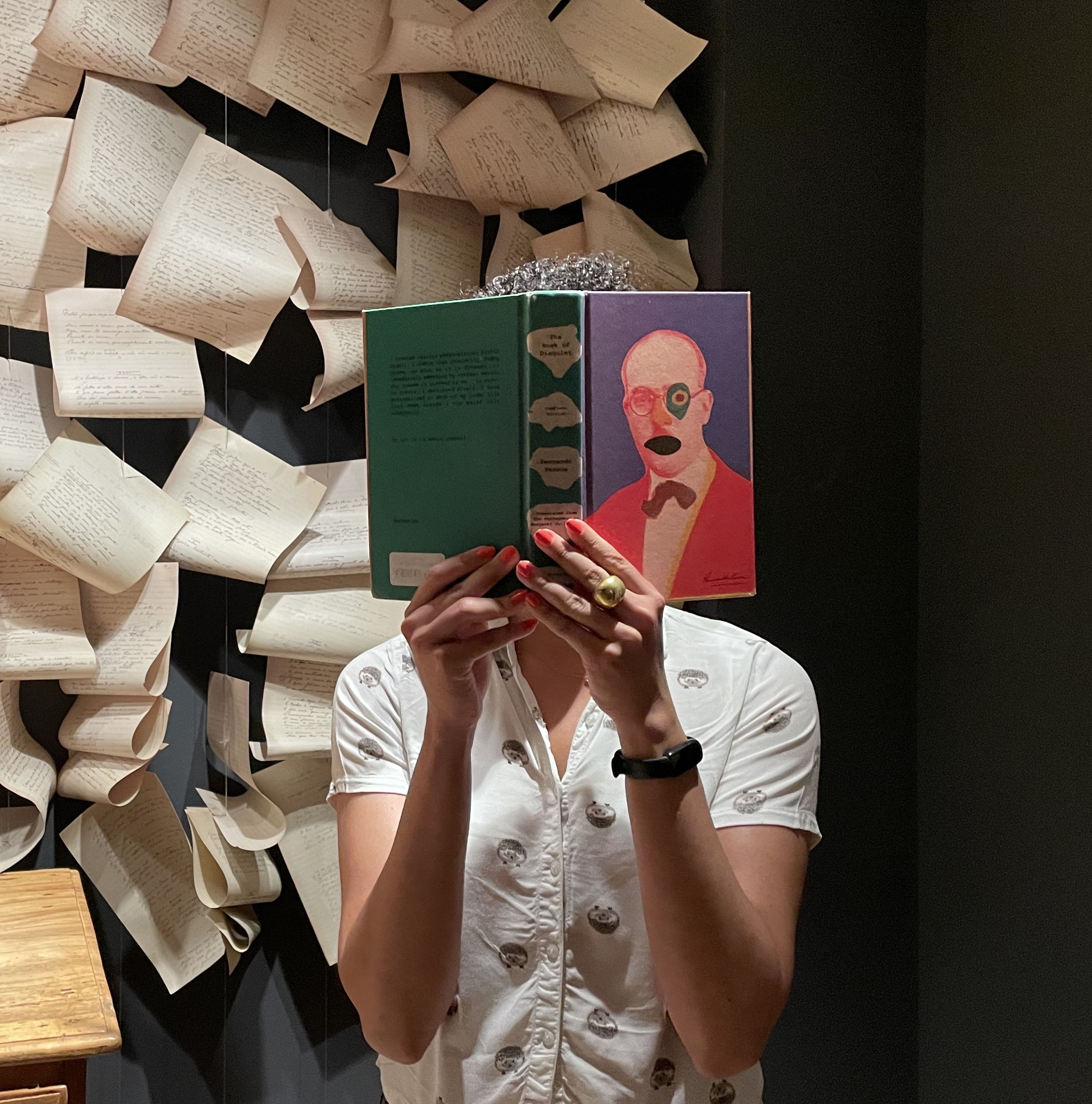Chrome glinted
sunrise, bumpers, rear views.
Backside of cars parked full of sleep
just an hour past.
Now, everyone’s shaken loose,
switched clothes if they could.
Rows begging to be peopled
with whoever, run end to end,
side by side, long as leaves let
green grow, hand over hand.
Allison Adelle Hedge Coke’s eighteen books include Look at This Blue (National Book Award finalist), Burn, Streaming, Blood Run, and Effigies III. Following former fieldworker retraining in Santa Paula and Ventura, California, in the mid-1980s, she began teaching and is now Distinguished Professor and Mellon Dean’s Professor at UC Riverside.




